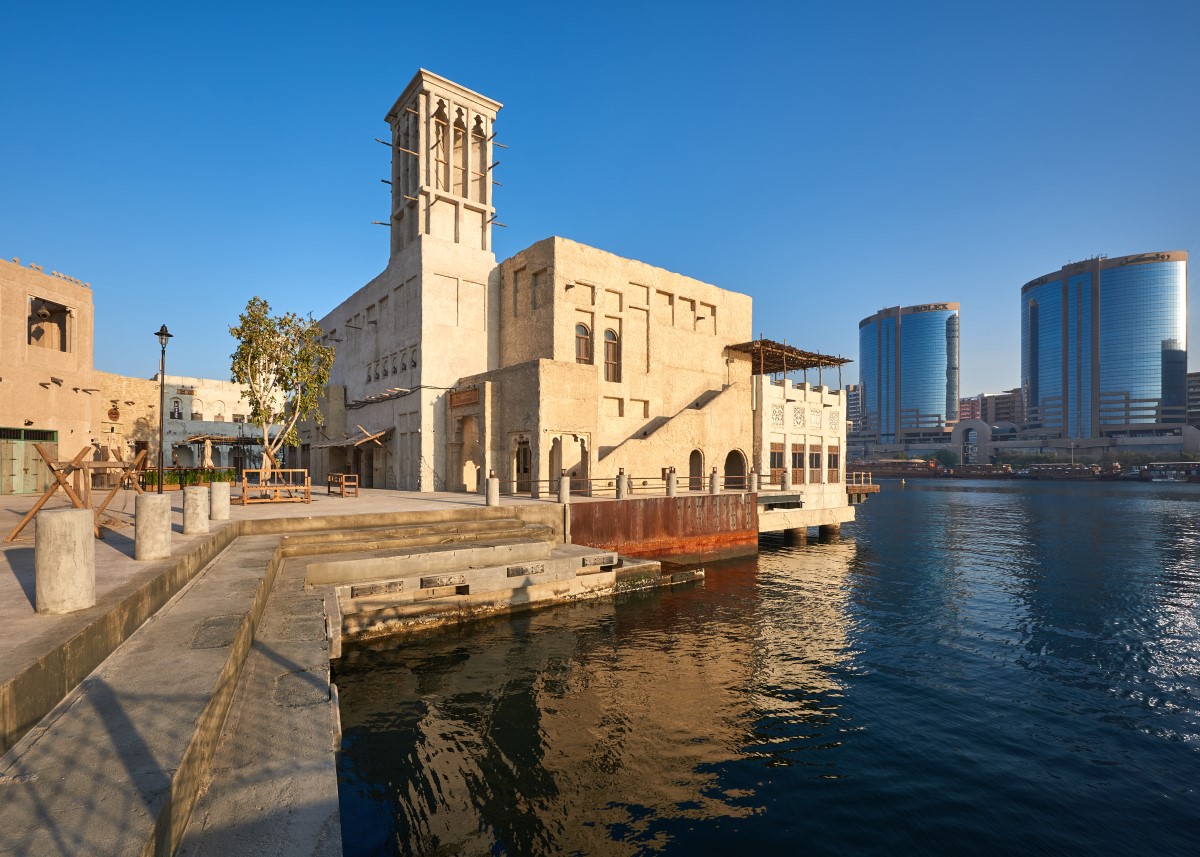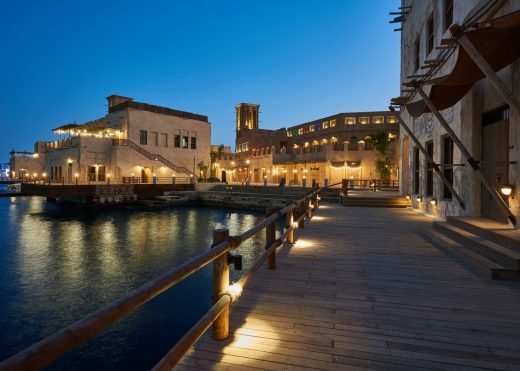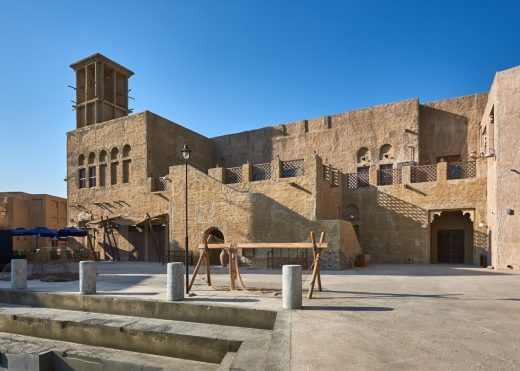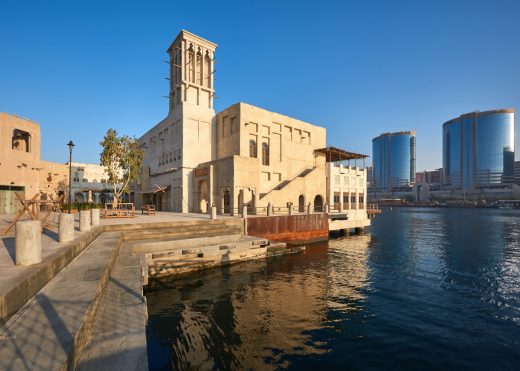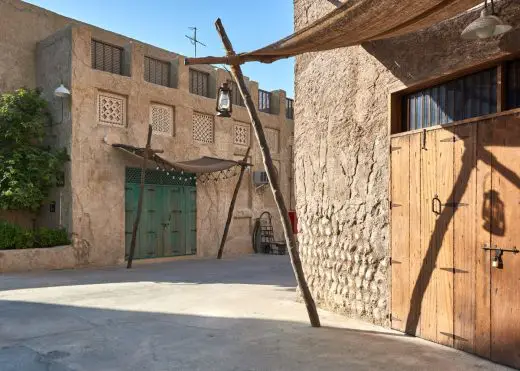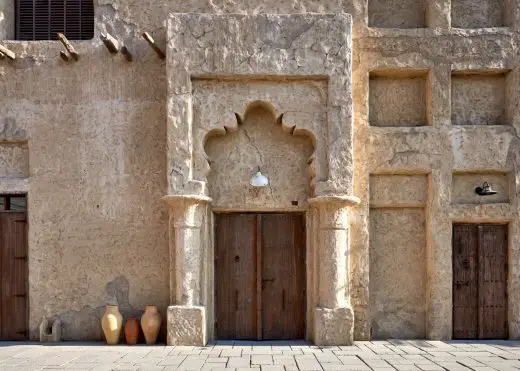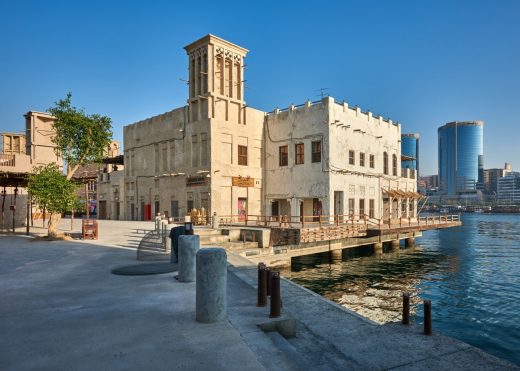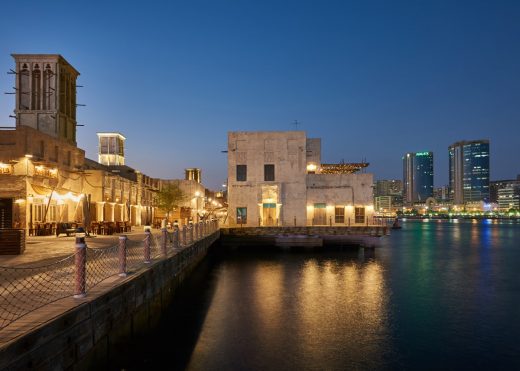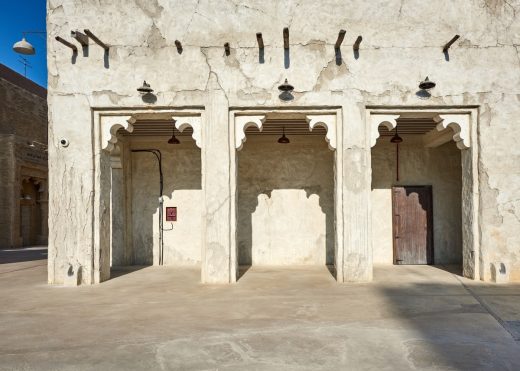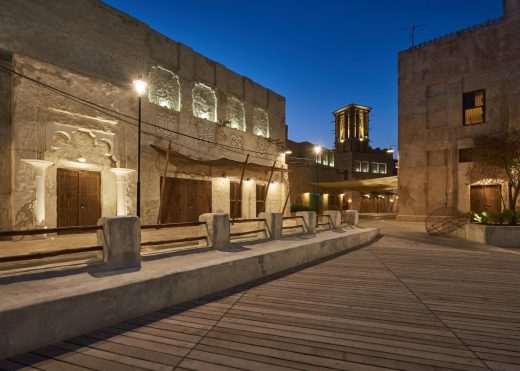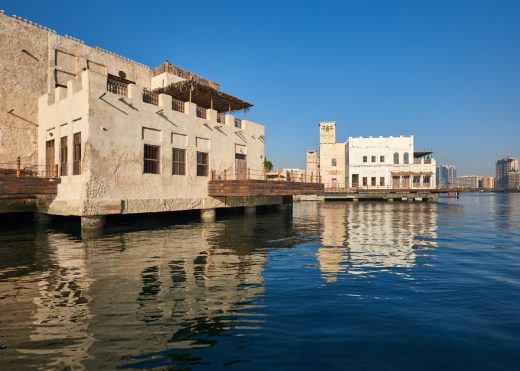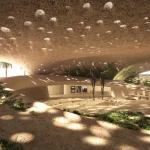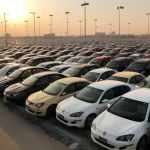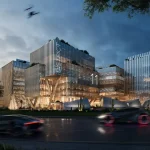Al Seef Dubai Creek Master Plan, Meraas UAE, Arabic Heritage Buildings, Cultural Architecture Photos
Al Seef Dubai Creek Heritage Area Masterplan
Meraas Heritage Project by Al Fahidi Cultural Historical Neighborhood design by GAJ Architects
post updated 11 February 2024
22 Feb 2019
Al Seef Dubai Award News – MIPIM Awards 2019
10 June 2018
Location: west bank of Dubai Creek, United Arab Emirates
Architects: GAJ (Godwin Austen Johnson)
Al Seef Dubai Creek Master Plan by GAJ – Heritage Area)
Located along the shores of Dubai’s iconic Creek the Al Seef development is an exciting new cultural tourism space that merges the city’s past with its present.
GAJ were responsible for the design of the Heritage Area master plan, along with the design and construction supervision of the eastern section (phases 2 and 3) which follows a more traditional heritage style.
Photos by Chris Goldstraw
Al Seef Dubai Creek Heritage Area Master Plan
For this unique project it was essential that the team first appreciated the extent and requirement of preserving and showcasing traditional Emirati architecture and local trades. The challenge was to design the buildings as if they had always been there withstanding the test of time through aging techniques and carefully calculated degradation percentages. Water marks, caulking and bulges in the edges all contribute to achieve this, as well as specifically chosen materials and finishes unique to local conditions of the time.
The eastern section includes a number of heritage style cluster buildings with the intention of recreating the memory of old Dubai along the banks of the Dubai Creek and extending the existing historical district of Bastakiya.
This started with the masterplan which was to act as the guiding principle of the development to ensure a cohesive vernacular architecture based on local heritage building principles and construction materials, reflecting local traditions as well as the environmental, cultural and historical context.
Each house or building within the project has a story of its own. Some buildings are designed to look as if they were built in 1960s with darker walls, less lighting and simple decorative elements, while others have lighter walls with much more intricate details and embellishments on the façade which indicates that they were built at a later stage when trade was good and businesses were doing well. The colours used for the buildings were based on traditional Dubai sandstone.
Attention to detail was crucial for this project and the team spent many hours researching the era visiting museums and old souqs as well as trawling through old news stories and photographs for inspiration to ensure that the finished product was as authentic as possible. It was important to ensure that elements, such as cornices, ironmongery and wooden doors, were as close to the original as practicable. Chandals, pergolas and barasti, which have been used in Emirati architecture for many years, have been cleverly incorporated as shading or screening to hide modern equipment and many of the fixtures are reclaimed items.
The result is a beautifully transformed area that brings to life an important era in Dubai’s fascinating history providing an authentic heritage experience and a stunning leisure, retail and dining location.
Building materials included the following:
a. All doors and windows are made from Dabema African Teak
b. Handmade wrought iron ironmongery was used where possible
c. Traditional palm tree materials were used for Barasti
d. Coloured rendered plaster was used for the walls with various tints and finishing techniques.
e. Light fittings where made from brass where possible and authentically aged
The interiors mimic the same appropriation of the past or were they designed in a more modern sense:
a. All front of house areas and FF&E were designed with same heritage intent, from the hand wash basins to the four poster beds in the hotel rooms.
b. All buildings and public areas have also been decorated with heritage props to add to the authenticity of the space, from old photographs to enamel cookware and traditional Emirati fabrics and ornaments.
Al Seef Dubai Creek – Master Plan Information
Name: Al Seef (The Heritage Area)
Location: Dubai, UAE
Client: Meraas – Dubai-Based Holding Company
Status: Built
Opened: 2018
Site Area: 61,015 sqm (phase 2 and 3)
Design team:
• Anes Talmoudi
• Christine Espinosa
• Ignacio Gomez
Photography by Chris Goldstraw
GAJ
GAJ (Godwin Austen Johnson) is one of the largest and longest-established UK architectural and design practices in the UAE. Throughout its history, which spans more than 25 years, the company has created some of the Emirates most iconic buildings and has helped define the Emirates as we know it today.
An award-winning and multi-disciplinary architecture, interior design, specialist lighting and MEP practice, GAJ has particular expertise in hotel and hospitality, residential and commercial, education, sport and leisure design.
Despite its years the company remains young and dynamic employing more than 180 employees from its Dubai headquarters with offices also in Abu Dhabi, Sharjah, Riyadh, Jeddah, Muscat, Salalah, Doha and the UK. The GAJ portfolio of work is extensive with a wide range of built and ongoing projects across the Middle East and North Africa.
Godwin Austen Johnson is committed to the belief that the quality of the built environment is an essential part of the economic and cultural fabric of society in which the very best architectural approach plays a central and intrinsic role.
Godwin Austen Johnson Tel: +971 4 3237555
Website: www.godwinaustenjohnson.com
Website: Al Seef Dubai Creek
Related post on e-architect:
8 June 2018
Architects: 10 DESIGN
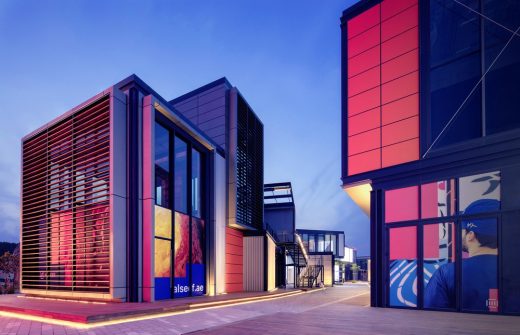
photograph : Gerry O’Leary
Al Seef Dubai Project by 10 Design
Location: Al Seef Street, Dubai, UAE
Dubai Architecture
Design: Zaha Hadid Architects
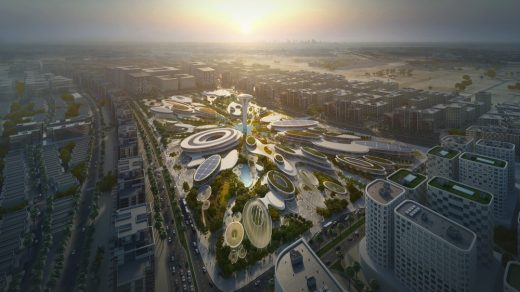
image courtesy of architects
Aljada’s Central Hub, Sharjah
Smart Dubai
Architects: dwp | design worldwide partnership
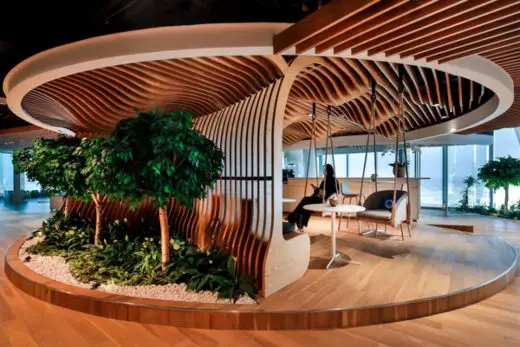
photograph : dwp
Smart Dubai Building
Design: METAFORM Architects
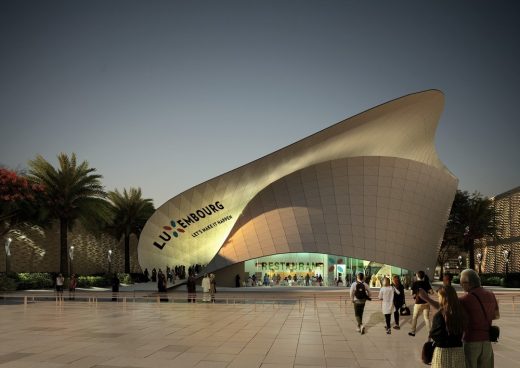
image courtesy of architects
2020 Expo Dubai Luxembourg Pavilion
Design: EDGE Architects
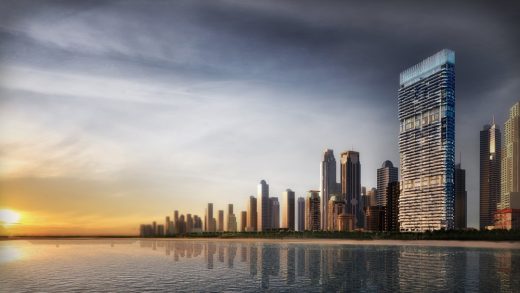
image courtesy of architects
1/JBR Tower in Dubai
Buildings / photos for the Al Seef Dubai Creek Masterplan buildings design by GAJ Architects page welcome.
Website: Al Seef Dubai UAE

